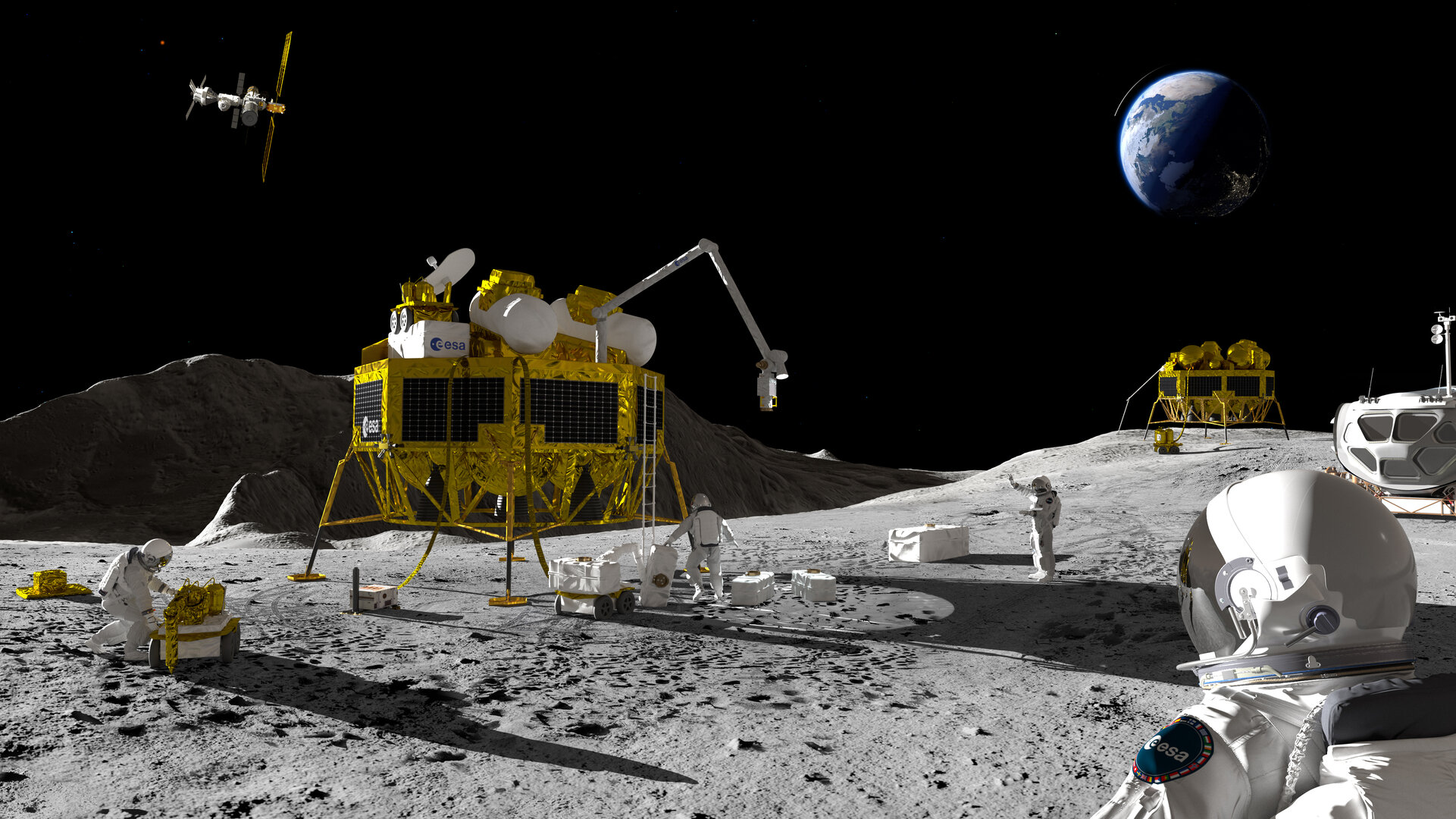Argonaut
Argonaut is Europe’s autonomous access to the Moon, allowing us to play a major role on the surface of our natural satellite. The lunar lander is being designed for a series of missions with many options for its payloads – from cargo and infrastructure delivery to scientific operations, a rover or a power station, Argonaut is being designed as a versatile access to the Moon.
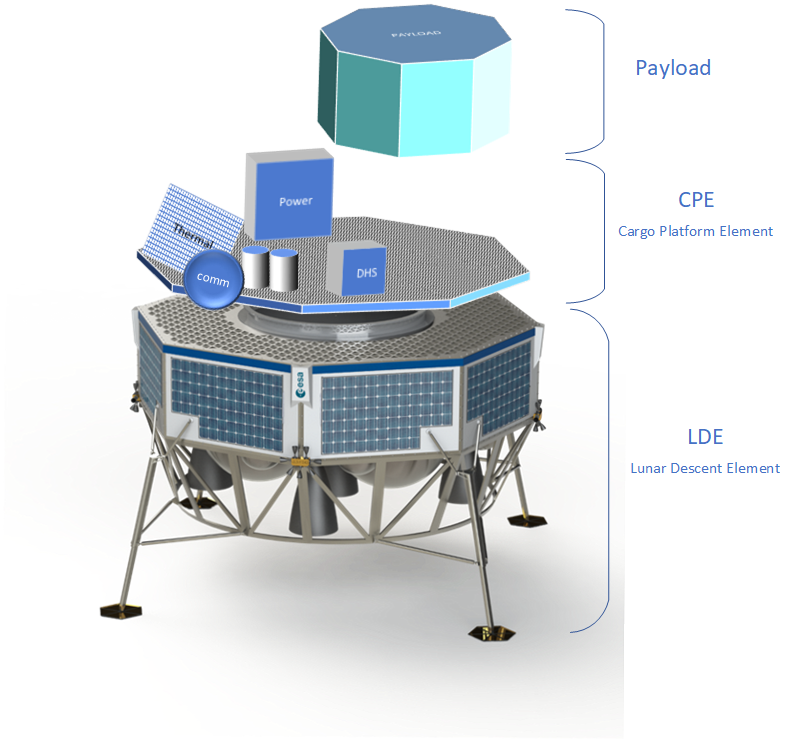
Argonaut will launch on an Ariane 6 rocket in a direct flight to the Moon. An Argonaut mission from launch to landing could take from a week to a month, depending on orbits and mission design. No area is off-limits for Argonaut, the spacecraft will be able to land at any region on the Moon.
The Argonaut spacecraft has three main components: the lunar descent element that takes care of flying to the Moon and landing on target, the cargo platform element that is the interface between the lander and its payload, and finally, the element that mission designers want to send to the Moon.
Adaptability is key in the Argonaut design, the cargo platform element is designed to accept any mission profile: cargo for astronauts near the landing site, a rover, technology demonstration packages, production facilities using resources on the Moon, a lunar telescope or even a power station.
Argonaut is continuing Apollo and Artemis tradition to name lunar missions after Greek mythology. Argonaut is the name given to the sailors of the Argo ship who took Jason on the quest to find the golden fleece. ‘Argonaut’ means ‘sailors of the Argo’ and the individual missions using ESA’s lunar lunar delivery service will be named after the individual mythical Argonauts.
Space agencies have much in store on the Moon for humankind and Argonaut is offering autonomous European access as well as strong possibilities for partnership. As part of the Artemis programme, ESA is participating in NASA’s Orion service module that ferries astronauts, and Europe is supplying modules to the international Gateway in lunar orbit. Argonaut could be an independent complement to the Artemis programme offering cargo delivery and more.
Leading Moon exploration with strong partners
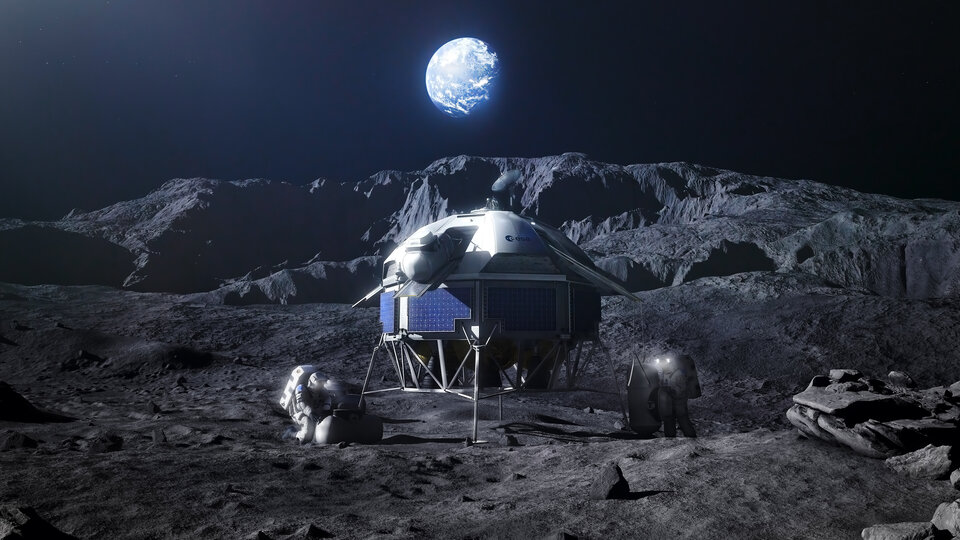
The lunar lander is being designed with versatility in mind as a strong part of ESA’s lunar strategy and Argonaut could be included in the Artemis programme to deliver cargo, rovers and more, or as stand-alone scientific missions.
The Apollo astronauts never lived and work through the lunar night – a night on the Moon is 14 days long and temperatures on the surface plummet to a chilling –150°C.
One capability of the lander will be to bring a sizable share of the food, water, air, and equipment for a crew of four women and men working on the Moon through the night. The Argonaut lunar descent element will be able to bring up to 2100 kg worth of cargo platform element and payload to the Moon – equivalent to a camper van. The European lander can deliver much more than simple cargo: it could function as a survival kit for the explorers of our new frontier.
Sustaining Moon science for decades

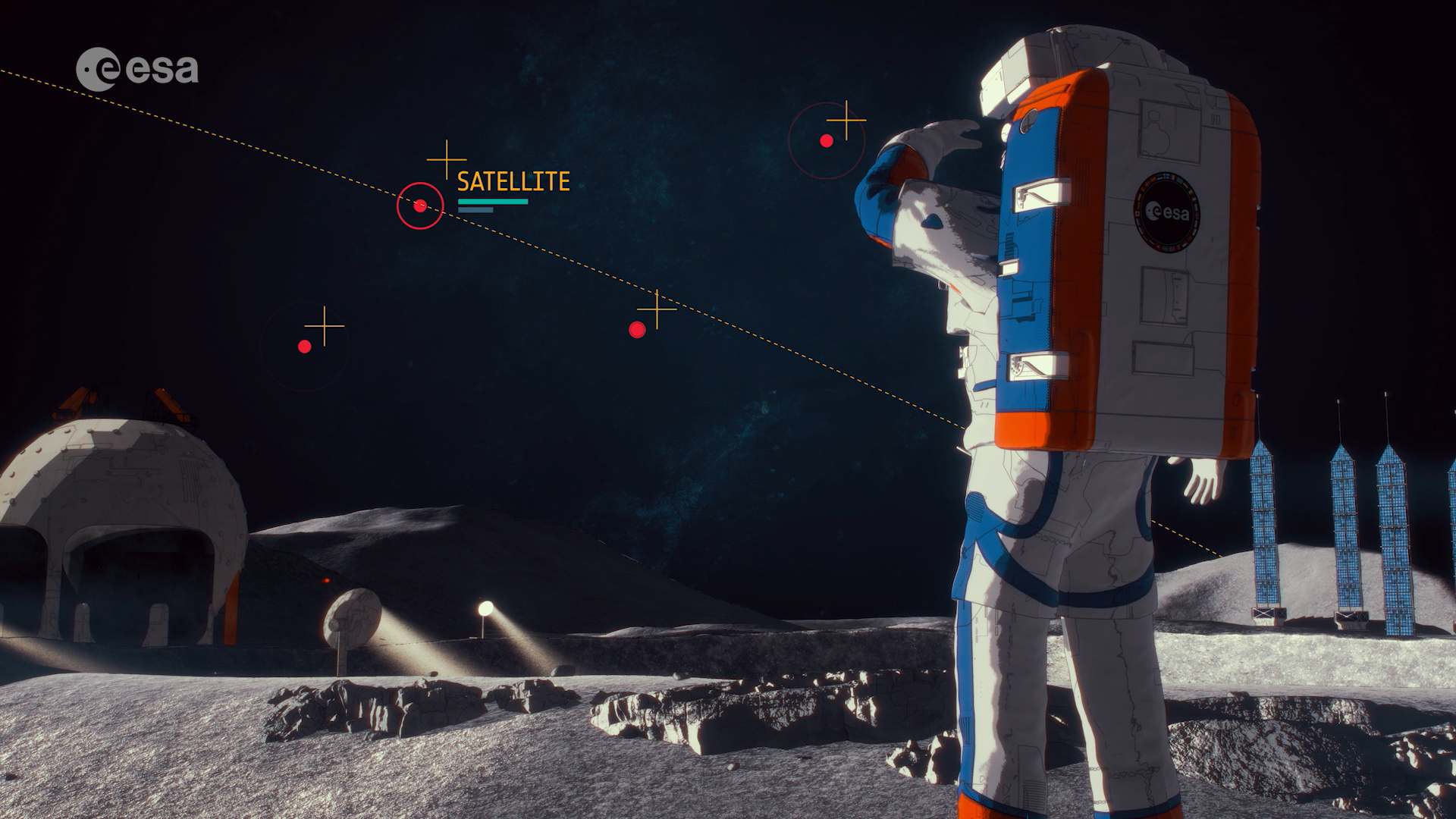
Access the video
For scientists, the Moon’s qualities of being interesting, close, and useful are an enticing motivation to understand our place in the Universe. Argonaut will allow going beyond short excursions with just a handful of instruments. Driven by scientists’ priorities, the European lander would allow samples to be analysed from previously unexplored and hard-to-get-to regions of the Moon.
Argonaut will use ESA’s Moonlight navigation and telecommunication capabilities around the Moon, allowing for fast communication with the Gateway and Earth to return scientific or operational data, as well as location finding for the automated landing – Argonaut will be able to land with an accuracy of less than 100 m.
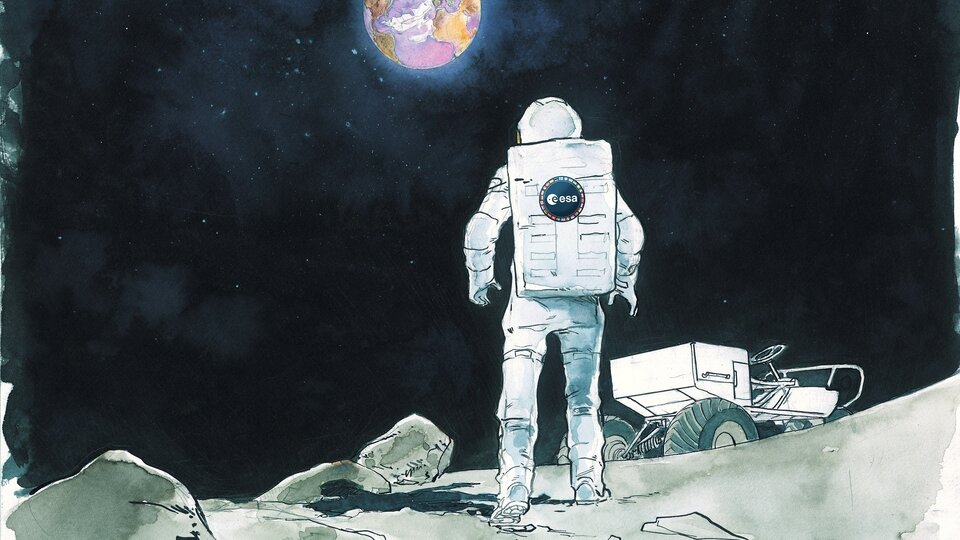
The teams in ESA, international partner agencies, European industry, and in the scientific institutions are on this journey together that will bring benefits in the form of inspiration, innovation, and economic growth to all Europeans.
Argonaut was approved at ESA’s Council at ministerial level in 2022 and is now in development. Five missions are foreseen in the next decade, fitting in with ESA’s Terrae Novae strategy for human and robotic exploration.
Technical details
| Launcher | Ariane 64 |
| Launch Site | Kourou, French Guiana |
| Mass on Earth | 10 000 kg |
| Mass on the Moon without cargo | 1600 kg |
| Delivered mass (CPE+ payload) | up to 2100 kg |
| Size | 4.5 m in diameter, up to 6 m tall |
| Landing accuracy | 50–100 m |
| Mission types | Multiple and diverse:
|
A CAD model for illustration purposes of the Lunar Descent Element is available here. Please consider mentioning ESA if any material is made using this CAD model


